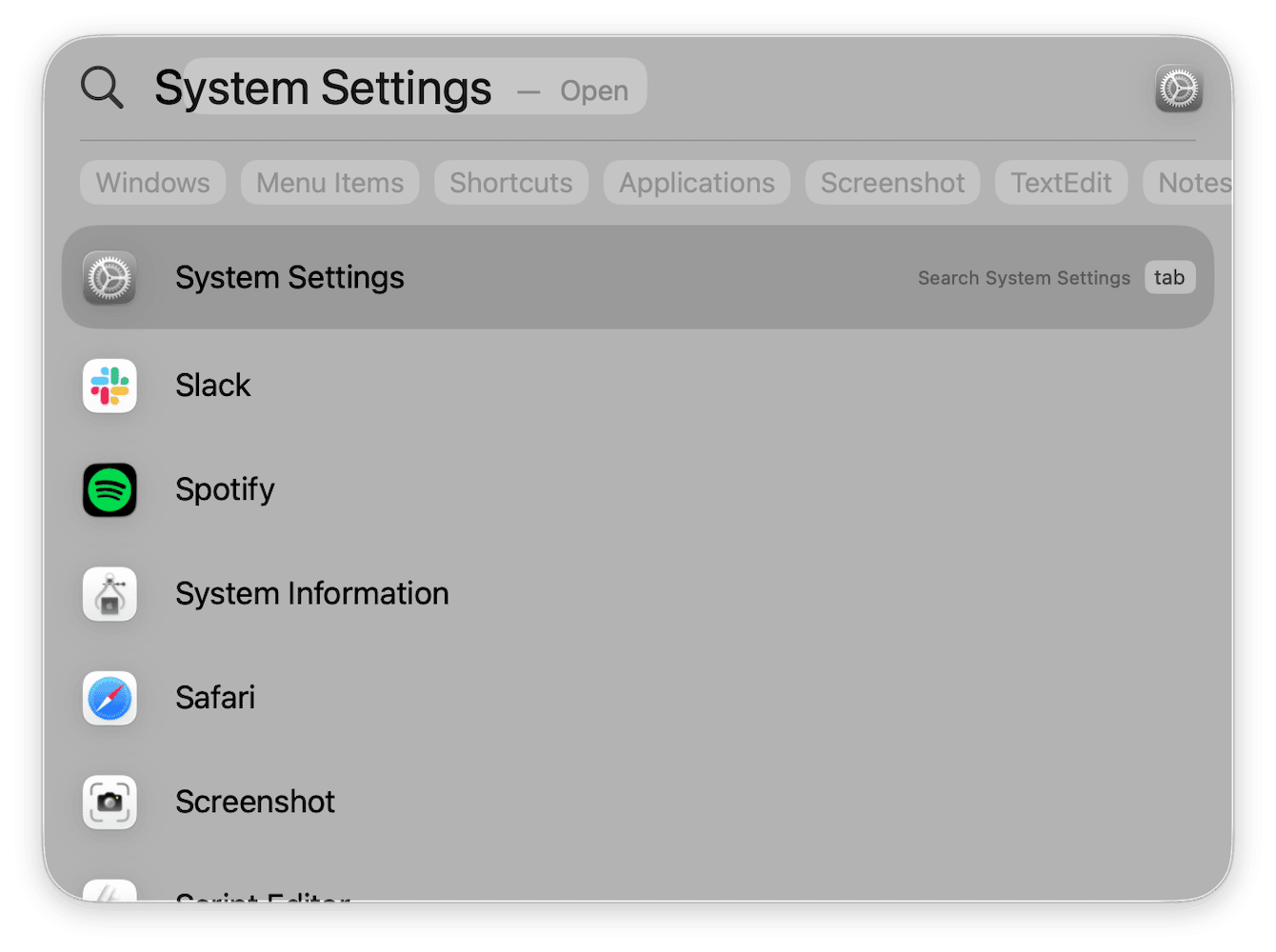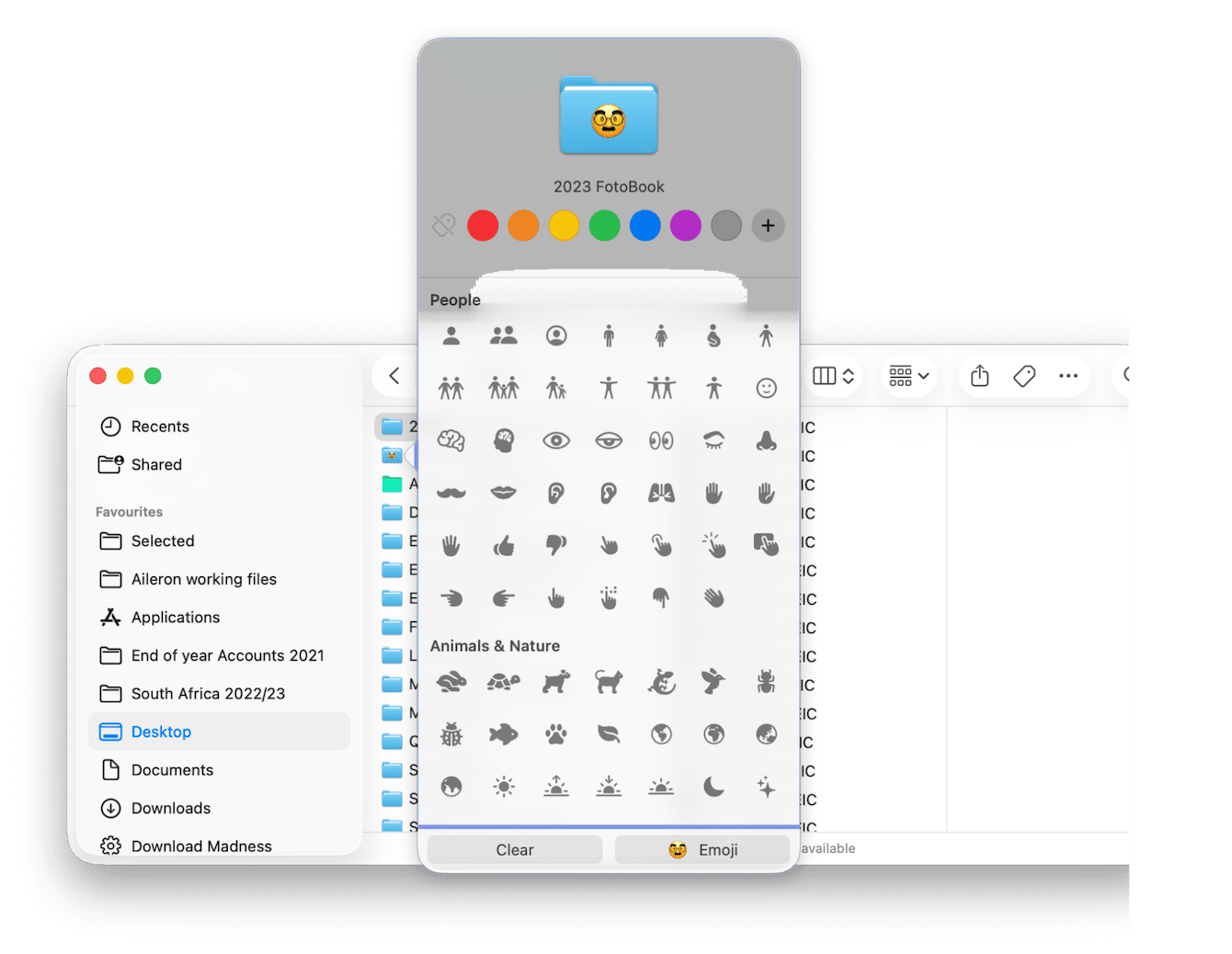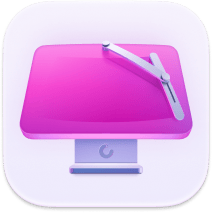macOS Tahoe vs Sonoma: Key differences revealed
macOS Tahoe vs Sonoma is a big and quite clear leap in design and features. I've been using both side by side, and the shift from Sonoma to Tahoe hit harder than I expected. It's absolutely not just a fresh coat of paint. The entire feel of the OS has changed, in how it looks, how it moves, and how it ties into other Apple devices.
The first thing you notice is the new Liquid Glass design. The menu bar? Fully transparent now. Folders have subtle color tints. Everything feels softer but sharper at the same time. It's not just visual; it actually changes how you move through the system.
But it's the Apple Intelligence upgrades that really push Tahoe forward, though only if you're on Apple silicon. Spotlight feels less like a search tool and more like a helpful assistant. And continuity with iPhone? Way tighter.
Sonoma, by comparison, felt more cautious. It gave us desktop widgets, better gaming performance, and a few under-the-hood tweaks. It was solid. Tahoe just goes bigger.
Here are the biggest changes I noticed after using Tahoe daily:
|
Feature |
macOS Sonoma (2023) |
macOS Tahoe (2026) |
|
User Interface |
Standard translucency, blur, and static menu bar |
New Liquid Glass UI: deeper transparency, color-tinted folders, and a fully transparent menu bar |
|
Widget |
Interactive desktop widgets; drag-and-drop from widget gallery |
New design and customization options. |
|
Spotlight Search |
Standard search with limited actions |
Expanded Spotlight: supports actions like sending messages, starting timers, and more, without launching full apps |
|
iPhone Continuity |
Handoff, Universal Clipboard, AirDrop, iPhone camera input |
Adds Phone app to Mac, syncs Live Activities (like timers and calls) directly from iPhone |
|
Messaging |
Minor iMessage UI changes, sticker drawer, swipe replies |
New features include conversation backgrounds, live translation, polls and new filters for unknown senders. |
|
Video Conferencing |
Presenter Overlay and Reactions in FaceTime and Zoom |
Live translations now available via the Phone App. |
|
Terminal |
Standard Terminal with basic GPU access |
Terminal now supports GPU acceleration for certain commands (macOS 26 beta release notes) |
|
Gaming |
Introduced Game Mode for smoother performance |
New Games app with lots of features for longer gameplay |
|
Intel Mac Support |
Full support for Intel-based and Apple Silicon Macs |
Supports Apple Silicon and only select Intel-based Macs (2019 iMac, 2020 MacBook Pro 13-inch, and a few others); Intel support is shrinking |
What's new: macOS Tahoe vs Sonoma interface
Liquid Glass & transparency
Tahoe introduces a sweeping visual overhaul across sidebars, windows, menus, and icons using what Apple calls Liquid Glass. The menu bar becomes fully transparent, and UI elements adapt tint and blur to their backgrounds.

Phone app on Mac & live activities
You can place and receive calls, see voicemails, and manage contacts from your Mac. Live activities from your iPhone (like delivery status or timers) are now shown in the menu bar with the new native phone app.
Enhanced Spotlight / actions
Tahoe's Spotlight now supports actions like sending a message or running a shortcut directly from its interface — less need to open separate apps.

Folder & icon customization
Folder icons in Tahoe can be color‑tinted or decorated with emoji. App icons now adapt in light/dark or tinted variants.

Which is better, macOS Tahoe or Sonoma?
When it comes to macOS Tahoe vs Sonoma user experience on Sonoma, performance is solid, visuals are stable, and apps behave predictably. On Tahoe, the new visual touches feel fresh and more expressive. The addition of the Phone app saved me from switching to my iPhone mid-work.
If you do upgrade or switch between Sonoma and Tahoe, keep CleanMyMac in your toolkit. I use two features: Performance for its maintenance tasks, which helps to clear residual files and mitigate transitional slowdowns, and Smart Care for a total system review and clean up. Here's how they work:
-
Get your free CleanMyMac trial — you can test it for 7 days.
-
Open the app and select Performance > Scan > View All Tasks > select Items > Run.

- Next, click Smart Care > Scan > Review Items and run tasks.


